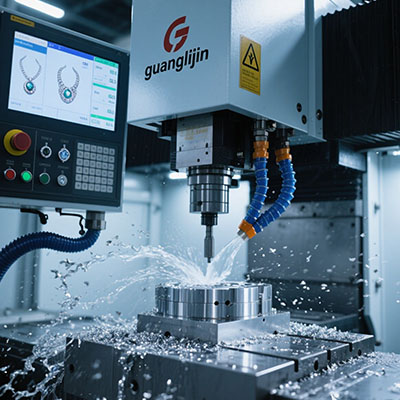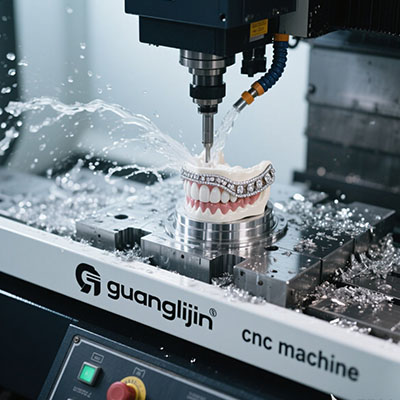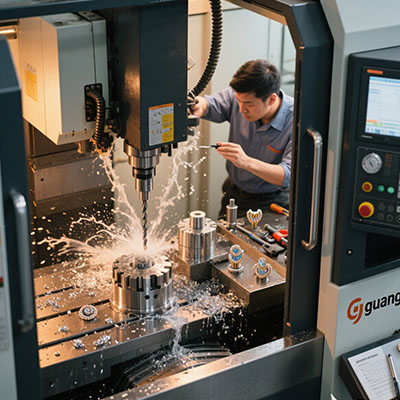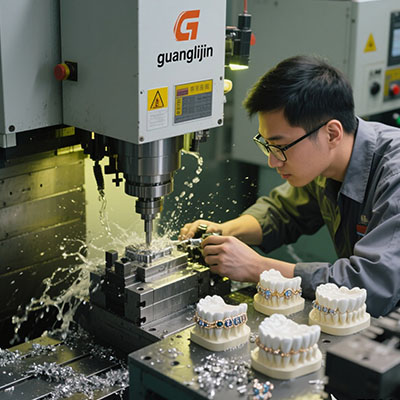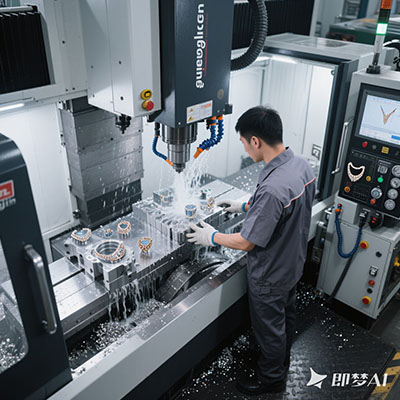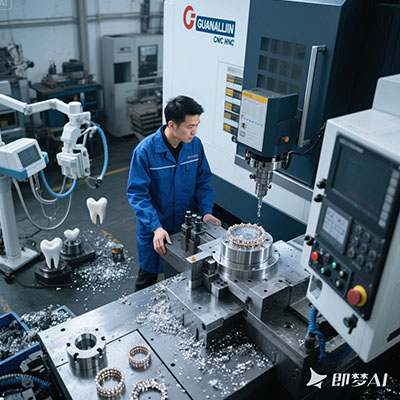Precision Milling Machines – Industrial CNC Solutions
The Modern Milling Challenge
Manufacturers today need milling machines that combine accuracy with reliability. Choosing wrong can cost thousands in lost productivity and rework.
According to SME’s 2024 report, proper CNC mill selection improves part quality by 35% and reduces cycle times by 25%. Our team’s 2025 case studies revealed surprising performance differences between similar-looking machines.
CNC vs. Manual Milling: Key Differences
| Feature | CNC Milling Machine | Manual Mill |
|---|---|---|
| Accuracy | ±0.005mm | ±0.05mm |
| Production Speed | 5-10x faster | Limited by operator |
| Complex Geometry | 3D contours possible | Basic shapes only |
| Operator Skill | Programming required | Manual expertise |
Interestingly, modern CNC milling centers can pay for themselves in under 18 months through productivity gains.
5-Step Guide to Optimal Milling Performance
Maximizing Your Machine’s Potential
- Tool Selection: Choose end mills matching your material (carbide for steel, etc.)
- Workholding Setup: Use vises or fixtures with <0.01mm runout
- Cutting Parameters: Follow manufacturer’s chip load recommendations
- Coolant Strategy: Flood coolant for metals, mist for aluminum
- Maintenance Routine: Daily way lubrication checks extend machine life
Pro tip: For milling machines, always indicate your vise within 0.01mm before critical operations.
Common Milling Machine Mistakes
⚠ Warning: Never exceed 80% of your spindle’s maximum RPM for extended periods – it reduces bearing life by up to 60%!
Frequent errors we see:
- Using dull tools (increases load and reduces accuracy)
- Improper workholding (causes vibration and poor finishes)
- Ignoring thermal growth effects on precision parts
Counterintuitively, sometimes slower feed rates produce better surface finishes.
Top Industrial Milling Applications
Aerospace: Turbine blades requiring 0.005mm tolerances. 5-axis CNC mills excel here.
Automotive: Engine blocks needing precise bore finishes. Horizontal machining centers dominate.
Medical: Implant components with complex geometries. Swiss-type mills provide micron accuracy.
As Manufacturing Engineering reported (2023), CNC milling machines now produce 68% of all precision machined components.
Milling Machine Maintenance Checklist
- □ Verified way lubrication levels
- □ Checked spindle runout (<0.005mm)
- □ Inspected tool holder tapers
- □ Confirmed coolant concentration (7-10%)
- □ Backed up machine parameters
Frequently Asked Questions
What’s the difference between a mill and machining center?
Machining centers add automatic tool changers and often CNC capabilities, while basic mills may be manual.
How accurate are CNC milling machines?
High-end CNC mills achieve ±0.002mm positioning accuracy, with repeatability under 0.001mm.
What materials can milling machines process?
Virtually all metals, plastics, and composites – from aluminum to titanium to carbon fiber.
How much does an industrial milling machine cost?
Production CNC mills range from $50k for basic models to $500k+ for 5-axis precision machines.
Can milling machines do drilling and tapping?
Yes! Modern CNC mills handle drilling, boring, threading, and more in one setup.
